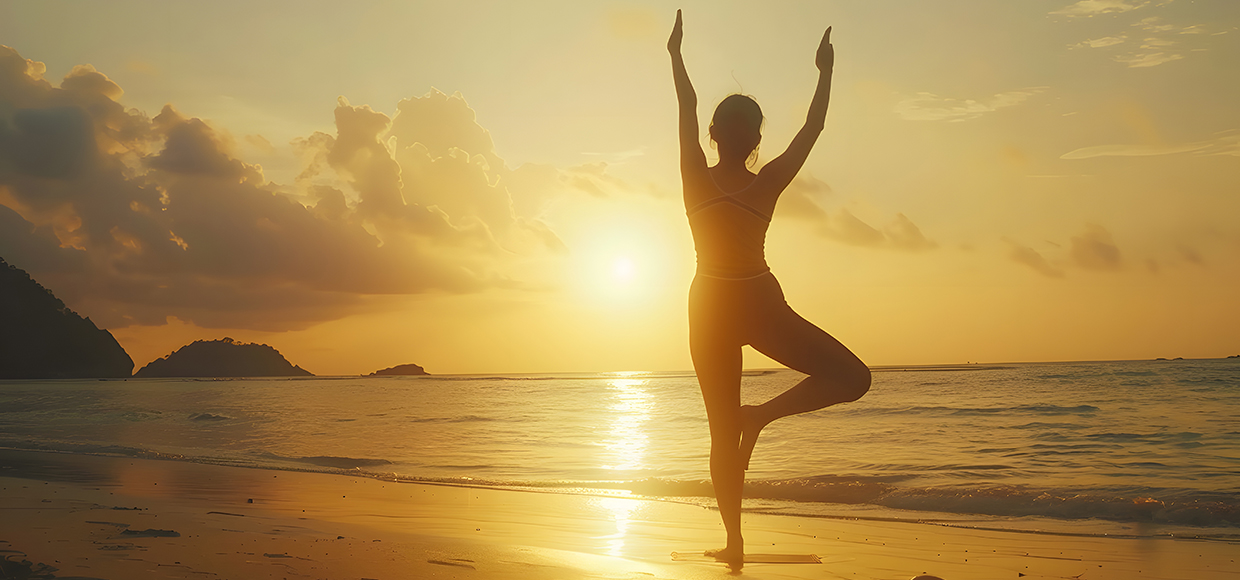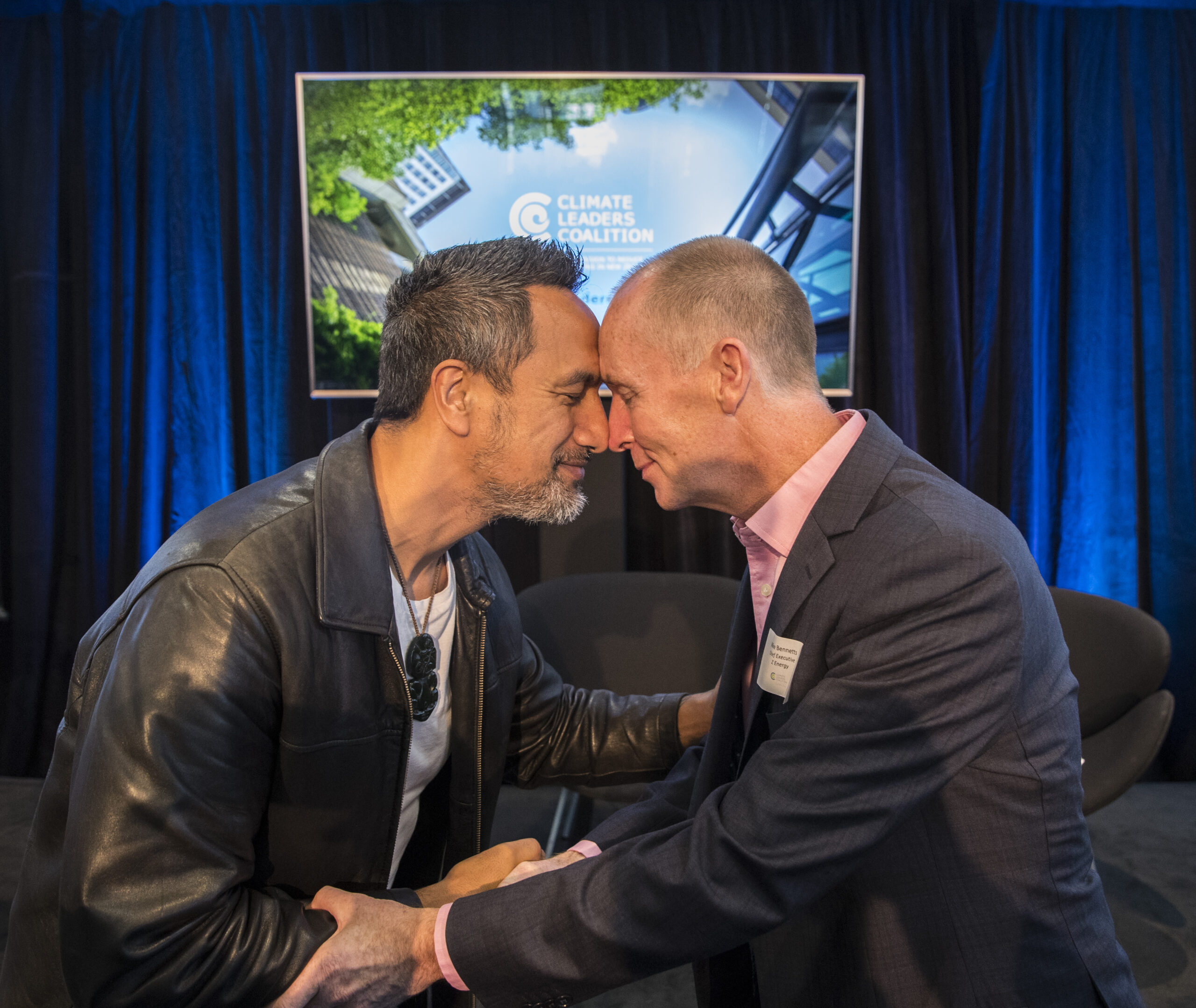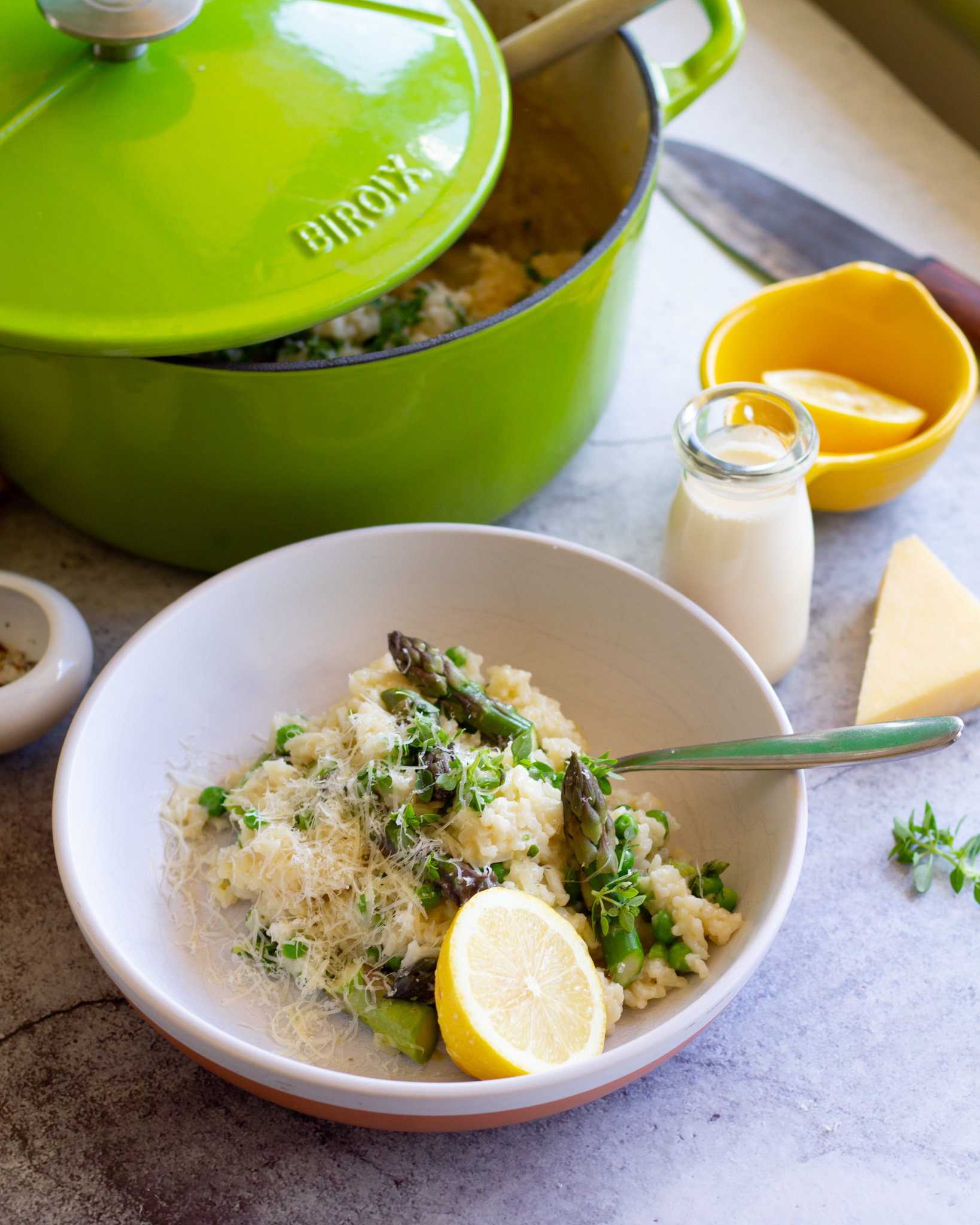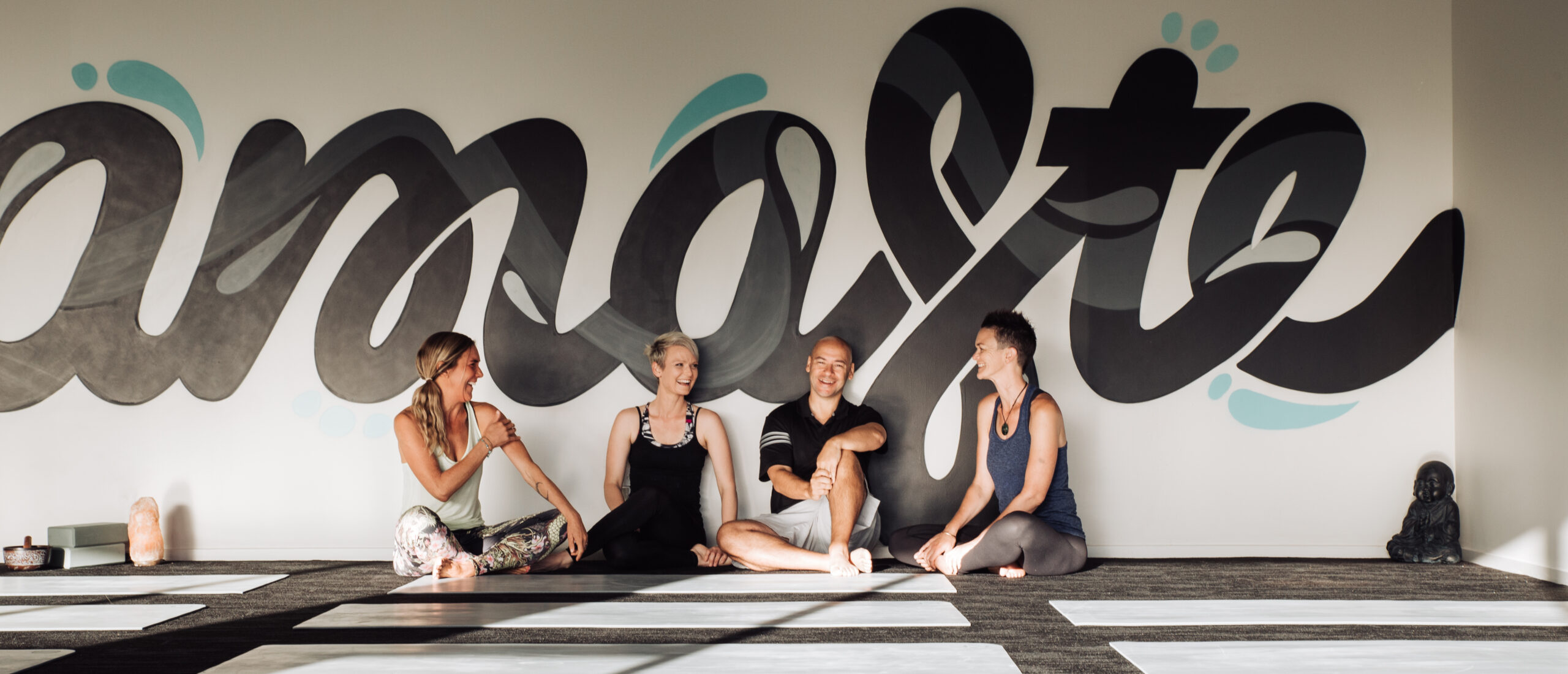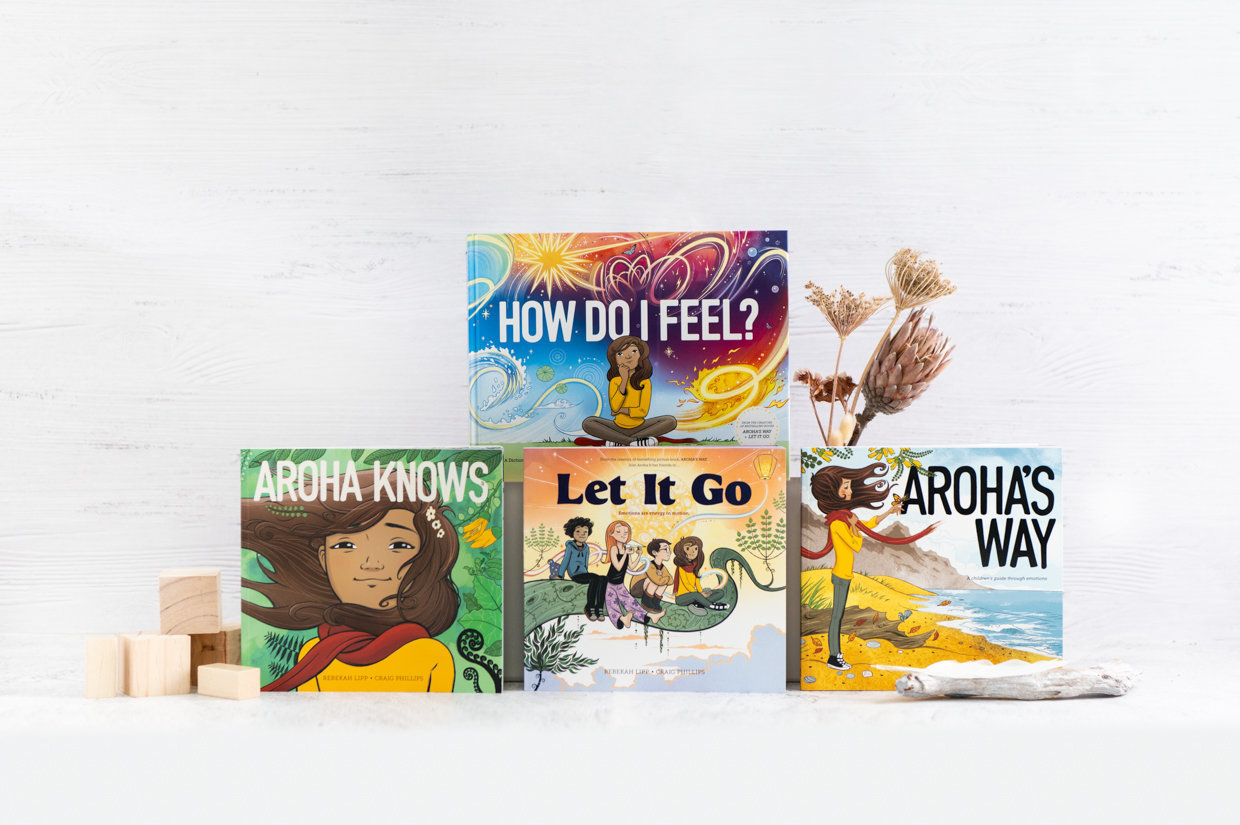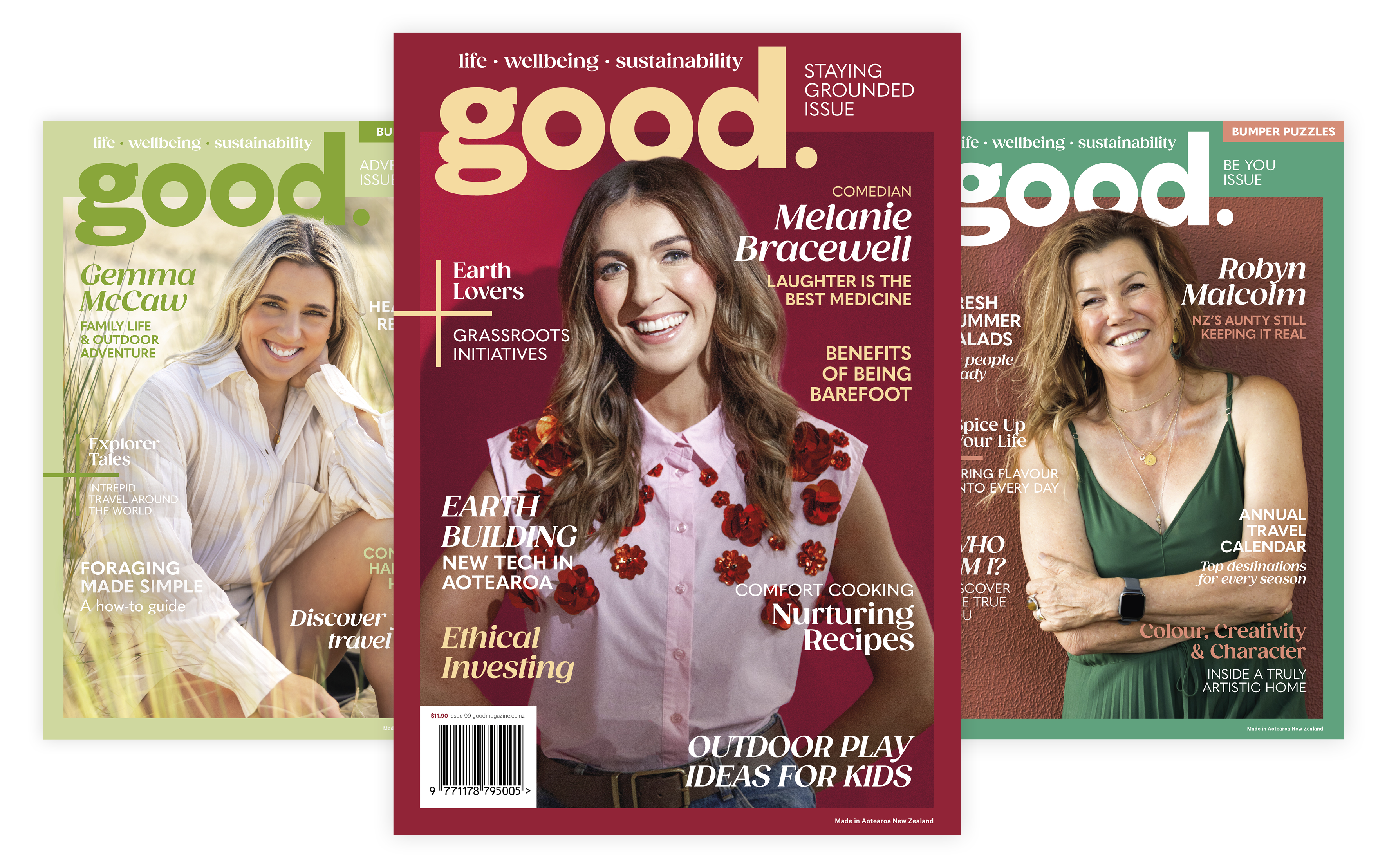Who doesn’t want to feel more energetic? Here’s a quick introduction to select science and strategies you can use to optimise your vitality. Which of these ideas might benefit you?
1. Know your baselines
As the saying goes, what gets measured, gets managed. Measuring your energy baselines can help you detect improvements or declines, identify associations, and intervene when needed. I track energy in various ways. One metric is my steps per minute when walking. Around 105 steps a minute is my natural walking pace. Dropping below this indicates I’m feeling sluggish. Apps, like Google Fit, will measure this for you. Tracking the total steps you take in a day, outside of exercise sessions, can be helpful too – for example, for understanding the amount of cardio that energises you versus results in compensatory decreases in activity the rest of the day.
Lastly, note your signs of good or poor energy, based on your preference. Pick personally relevant and unique signs, such as saying yes or no when your child asks to play, or promptly retrieving your bins after the rubbish has been collected.

2. Recognise that rest is a purposeful activity, not the absence of activity
Resting, like watching TV on the sofa, is often seen as “doing nothing”. That’s not a useful attitude. To change this thinking, study how elite athletes approach rest. Watching YouTube channels of bodybuilders and professional runners altered my attitude toward rest. These masters understand that rest is training, not what they do when they’re not training. They rest to get faster and grow muscle. If you associate rest with laziness, change this association so that you’re motivated to rest in ways that facilitate your goals.

3. Consider resistance training, even if it’s just a little
Resistance training improves muscle size, strength, and endurance, and offers cardiovascular and flexibility benefits. Even very minimal resistance training may help prevent sarcopenia, which is a loss of muscle that occurs as part of the ageing process. It’s argued that, for example, running isn’t enough to maintain the muscle necessary for running. A 2021 scientific review titled No Time to Lift? Designing Time-Efficient Training Programs recommends minimalists do just one leg pressing exercise, one upper body pulling exercise, and one upper body pushing exercise. If research helps motivate you to take action, this paper is open-access and worth a read.

4. Pay attention to your protein intake
Protein recommendations are usually in the form of grams of protein per kg of body weight. Some people don’t naturally gravitate to consuming enough protein to feel their best, or
get the most benefit from exercise. A study of older women who did a supervised resistance training programme showed that those who ate the least protein grew little muscle, whereas those who ate higher protein made more gains.
Supplementary protein and whole foods are both effective. A recent study showed that plant-based protein can help you gain muscle from resistance training to the same extent as animal protein, but carefully combining different sources of plant protein is necessary for getting enough of specific amino acids. Other research shows that, when losing weight, a high protein intake helps people not lose muscle when they’re losing fat. For those interested in these topics, exercise scientist Professor Brad Schoenfeld’s Instagram is a good source of links to this research. If you don’t consume enough protein, experiment with either whole foods or supplementary protein to see if increasing it helps you feel better.

5. Mindfully tune into different forms of feeling energised
Feeling energised can take slightly different forms. Most of us know the feeling of lightly stimulated energy that can come from a small dose of caffeine. There’s also focused energy (that enables you to concentrate on deep work) and calm energy (when you have a sense of peace, happiness, and like your life is on track). Notice what each type feels like and what helps you experience them. For example, you might find that paying mindful attention to one particular sense at a time (like touch) provides calm energy.
Incorporating these strategies can lead to increased energy and greater vitality, empowering you to make the most of each day and achieve your goals with renewed vigor.
Dr Alice Boyes is the author of several books, including The Anxiety Toolkit (2015) and Stree-Free Productivity (2022).


